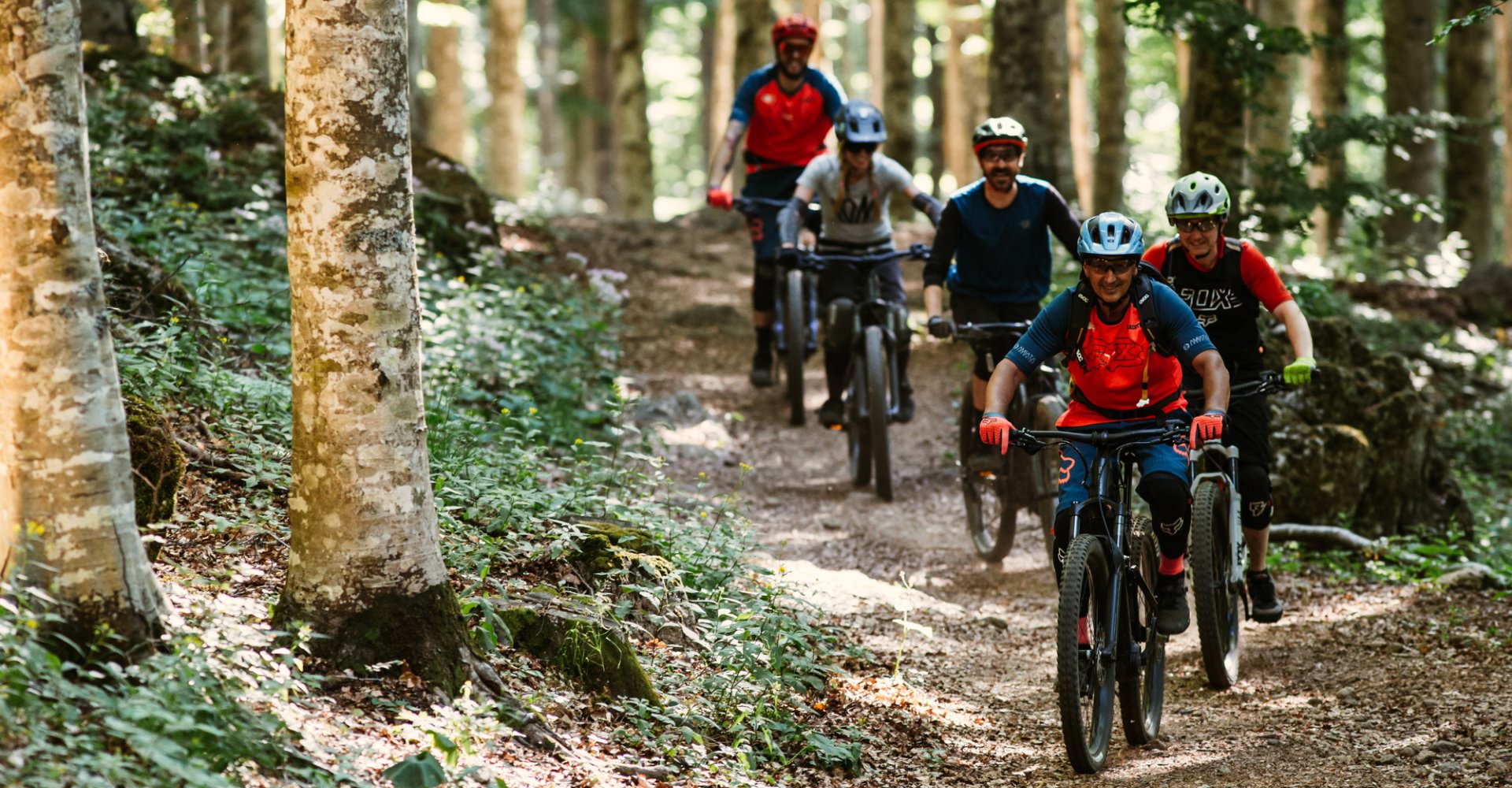Olive gravel

The Conca d'Oro is one of the lesser-known parts of the Amiata: traversed by the Ente River and its tributaries, it slopes gently down from Castel del Piano and Seggiano to the Orcia River. In between we find everything: ancient chestnut trees, olive trees, vines, streams, farms, Roman ruins, thousand-year-old churches, medieval bridges, palio horses and Renaissance castles.
Starting from the old village of Castel del Piano, one follows the ancient road that mules and carts used to take to descend to the vineyards or olive groves in the valley. Between one stream and another, you begin to encounter farms and villas, evidence of the area's rich agricultural past. All of a sudden, with a little attention, a church will appear on the right: this is the old parish church of Santa Flora al Noceto, surrounded by chestnut trees. This shelters the ancient remains of a Roman villa, just behind the little chapel.
Descending further we may come across some grazing horses: the white one won the Palio of Siena and is now enjoying a well-deserved rest. The descent is almost over, in the middle of the woods we come to a bend that makes us switch from chestnut groves to olive trees thanks to the medieval bridge that, still standing today, opens up the view of Montegiovi, mentioned by Cecco Angiolieri and visited by St. Catherine of Siena. From here on, the domain of the olive grove opens up.
Once up to the hamlet to enjoy the magnificent view of the entire Conca d'Oro and breathe in that old-fashioned flavor, we descend until we pass the Ente and approach Seggiano. Here it is a riot of olive trees that answer to the name of Olivastra Seggianese, the typical cultivar of the place. In addition to them, standing out is the Potentino Castle, which towers in the middle of the valley and proves to be a perfect example of Renaissance architecture. From there to Seggiano is a moment.
The last part of the climb is hard, it is true, but it opens the door to the historic center of Seggiano, where time has stood still. Cycling around it will be great fun, discovering one glimpse after another and among the curiosity of the local old ladies.
Taking the road back to Castel del Piano, a small detour: at the height of the square "La Fonte", turn right and after a few meters the magnificent church of the Madonna della Carità, unique of its kind in Tuscany (after all, it was made by Swiss craftsmen in the 1500s), stands in front of you. From there, a road starts that rejoins the provincial road and plunges first into the olive groves and then, at the height of the aedicule of the Madonna del Drago (Our Lady of the Dragon) returns among the chestnut trees before returning to Castel del Piano.